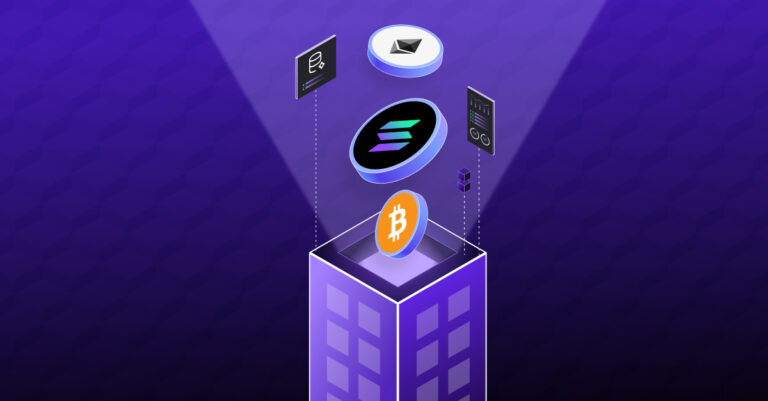The world of heritage and collectables has long been a realm of passion, history, and value. From rare artworks to vintage cars, these unique items have captivated collectors and investors alike. However, the traditional markets for these treasures have often been limited by geographical boundaries, high entry barriers, and concerns about authenticity. rexas finance tokenization is reshaping the landscape of heritage and collectibles markets.
What is tokenization?
In tokenization, the rights to an asset are converted into digital tokens on a blockchain. This digital representation can be easily traded, divided, or transferred, opening up new possibilities for ownership and investment in previously illiquid assets.
- Increased accessibility
Tokenization can democratize access to high-value assets, which is one of its biggest advantages. Investment in rare artefacts or valuable collectables traditionally required substantial capital. By allowing fractional ownership, tokenization breaks down these barriers. Imagine a priceless painting worth millions of dollars. Through tokenization, this artwork can be divided into thousands of digital tokens, each representing a fraction of the painting’s value.
- Enhanced liquidity
Heritage items and collectables are often considered illiquid assets, meaning they can be challenging to buy or sell quickly without affecting their value. Tokenization addresses this issue by creating a more fluid marketplace. Increasing liquidity can attract more participants to the market, potentially driving up overall value and interest in heritage and collectable assets.
- Improved transparency and provenance
Blockchain technology, which underlies most tokenization systems, records ownership and transactions immutably. This feature is particularly valuable in the world of heritage and collectables, where provenance is crucial. This enhanced transparency can help combat issues like forgeries and theft that have long plagued the traditional art and collectables markets.
- Global reach
Tokenization effectively removes geographical barriers in the heritage and collectables markets. Global collectors and investors can participate without the need for physical presence or complex international transactions. This global accessibility not only expands the potential investor base but also allows for the discovery and appreciation of cultural artefacts and collectables from diverse regions and traditions.
Challenges and considerations
While tokenization offers numerous benefits, it’s important to acknowledge the challenges that come with this new approach:
- Regulatory landscape
As with many blockchain-based innovations, the regulatory framework for tokenized assets is still evolving. Different countries may have varying approaches to the legal status of these digital tokens, which can create uncertainty for investors and platforms alike.
- Valuation complexities
Determining the fair value of heritage items and collectables can be challenging, even in traditional markets. Tokenization adds another layer of complexity to this process, as the value of individual tokens may not always directly correlate with the underlying asset’s worth.
- Cultural and ethical concerns
Some critics argue that tokenization may lead to the commodification of cultural heritage, potentially diminishing the intrinsic value and significance of these items. Balancing financial innovation with cultural preservation remains an important consideration.
Tokenization is playing an increasingly significant role in modernizing heritage and collectables markets. By increasing accessibility, enhancing liquidity, improving transparency, and expanding global reach, this innovative approach is opening up new possibilities for collectors, investors, and cultural institutions alike.


Comments are closed.